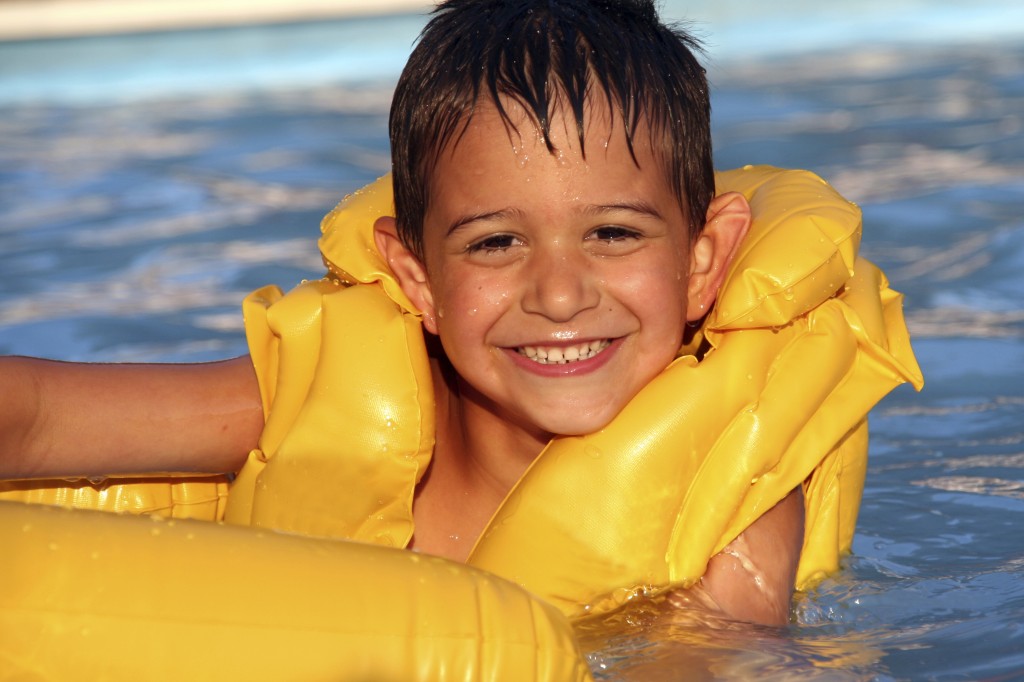 Summer is still alive and kicking, and for most regions of the country that means plenty more of hours poolside lounging. So I will revisit the often discussed subject of safety - specifically, preventing household tragedies involving children and pools.
Summer is still alive and kicking, and for most regions of the country that means plenty more of hours poolside lounging. So I will revisit the often discussed subject of safety - specifically, preventing household tragedies involving children and pools.
Kids Health - a project of The Nemours Foundation - provides a comprehensive punchlist to help maintain a kid-safe home pool environment.
- If you have a pool in your backyard, install fencing at least four feet (1.2 meters) high on all sides of the pool, as well as a self-closing and self-latching gate with a lock that's out of a child's reach.
- Consider installing a pool alarm or cover, but realize these devices are not substitutes for fencing and adult supervision.
- Remove toys from the pool when kids are finished swimming to prevent them from trying to recover them when unsupervised.
- Inflatable flotation devices such as vests, water wings, rafts, and tubes can give a false sense of security in the pool and are not effective in protecting a child from drowning. Never use these as a substitute for constant adult supervision.
- Dump out all water from a wading pool when you're finished using it.
- Remove any ladders from an above-ground pool when not in use.
- If you leave your child with a babysitter, make sure he or she knows your rules for the pool.
The Centers for Disease Control and Prevention also advise homeowners hosting poolside gatherings that adults should always be involved closely watching swimmers in or around the water. Designate a responsible adult who can swim and knows CPR to watch swimmers in or around water – even if lifeguards are present. That adult should not be involved in any other distracting activity (such as reading or talking on the phone) while watching children.
And the CDC advises members of any household with a pool to learn Cardiopulmonary Resuscitation (CPR). In the time it might take for lifeguards or paramedics to arrive, CPR skills could save someone's life.







